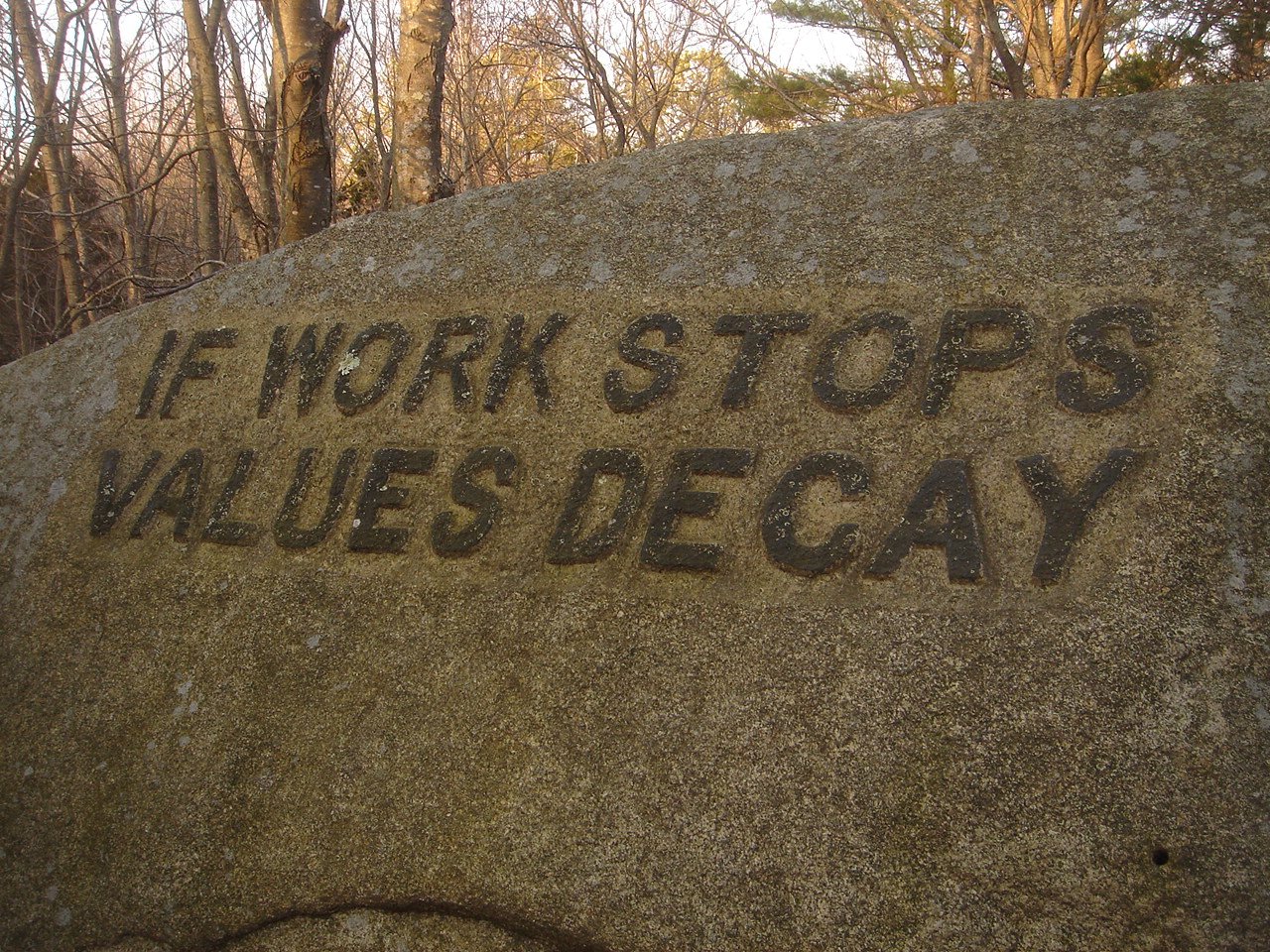Boston History: Dogtown
Nestled between the coastal towns of Rockport, MA and Gloucester, MA is a local legend. This hidden gem is Dogtown, Massachusetts, an abandoned town that has since been overgrown and left to nature. It is a unique destination that everyone, whether a history buff or an adventurer, will love.
How did Dogtown Start?
Dogtown, MA was first settled around 1641. At the time, it was simply known as the “Common Settlement.” The community was about 5 square miles, and set slightly inland, which helped protect it from weather and piracy, as well as local natives who opposed colonization. The soil was poor, so the settlers raised livestock, such as cattle and sheep, rather than growing wheat or maize (also known as corn). The pine trees in the area provided shelter, as well as building materials to expand the settlement. At its largest in the mid-to-late 1700s, the Common Settlement, now known as Dogtown, had around 75 homes, upwards of 100 families, and was the most prosperous area along Cape Ann.
Why was Dogtown abandoned?
The question of why Dogtown, MA was abandoned doesn’t have just one answer. There are a few theories and factors at play.
The American Revolution, followed by the War of 1812, led to both population loss and general unease, as newer, better defended settlements had grown since the Common Settlement was founded. Many families moved away during the War of 1812 to be further inland and better protectected.
After the war, Gloucester Harbor was deeper and larger, so trade ships preferred to dock there or in Boston. Roads to connect the cities were build, bypassing the Common Settlement, which was shrinking as its neighbor Gloucester was growing rapidly. Meanwhile, new quarries and log mills being built in the area offered jobs that drew many families away.
As the wealthier families moved away and their houses lay empty, vagrants and societal outcasts started squatting in the abandoned homes. Before long, only widows and single women who couldn’t afford to move remained. Rumors started swirling that they had remained behind to practice witchcraft. Some passers-by even started leaving offerings of food so that the “Queen of the Witches,” "Thomazine Younger, would allow them passage.
Eventually, the final residents died or moved away, and all that remained were the pets they left behind. The dogs roaming the area gave rise to the name Dogtown. By 1828, all but one resident had moved out. Cornelius Finson, a freed slave, remained for another two years, until he was removed and taken to a poor house in Gloucester. By 1845, all of the structures in Dogtown had been razed.
What is happening with Dogtown today?
After the settlement was abandoned and destroyed, it was mostly left as an open field. Until the early 1900s, locals from other towns used private lots on the field as grazing plots for their livestock. Over the following century, the area was left untouched, and today it is a dense forest. Some roads and paths still pass by the empty cellar holes of many of the homes.
Most of the land is protected by the towns of Gloucester and Rockport. It is criss-crossed with paths and trails, good for hiking, jogging, biking, or cross-country skiing.
What are the Babson Boulders?
Roger Babson, the founder of Babson College, hired unemployed stonecutters during the Great Depression to carve inspirational words on dozens of boulders in Dogtown. There is a boulder trail that visitors can follow that will take them by most of the inscriptions.







